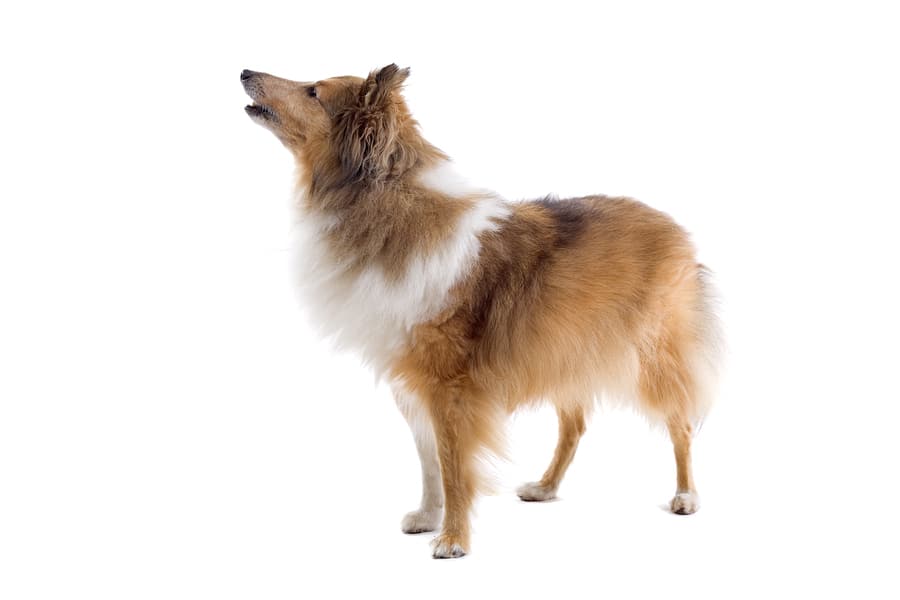
Have you ever lost a pet? It’s a very empty feeling when you open the door to call your dog or cat to you and you get no response. Grizzly visions suddenly flash before you as you think of what could have happened.
If your pet went missing how could you be sure it would be returned to you? Proper identification is the answer, but what are your options?
Having your pet correctly identified is so important. Animal shelters around Australia take in more than 100,000 animals each year many of which are strays. Sadly, the number of these animals returned to their owners is very low and mostly that’s because pet owners fail to properly identify their pets.
Some pets accidentally escape from their owner’s gardens but some owners are irresponsible and allow their dogs to roam the streets unchecked. While the tendency for cats to roam is more difficult to manage, cats should at least be confined overnight and many cat owners are now confining their cats in their and homes and adjoining outdoor enclosures rather than letting them roam throughout the day.
Collaring the Problem
Cat owners seem reluctant to put identifying collars on their cats with the result that it is generally impossible to find owners for stray cats. More than 90% of cats that are received at animal shelters are not wearing any form of identification. That’s a tragedy.
For cats the type of collar used needs to be chosen carefully. The collar must have a facility to allow it to slip from the cat’s neck should the curious cat become stuck in the branch of a tree. Cats tend to lose collars with monotonous regularity, however the small expense of replacing these collars is certainly worthwhile for a well-loved cat.
Hopefully you have your dog well secured so that it does not roam and you are doing all you can to stop your cat roaming too. However if your pets do roam then correct identification will make it much easier for them to be returned to you.
Identification Of Pets
Registration tags
Identifying your pet is not difficult. The most common means of identification for dogs is for the dog to wear a council registration tag on its collar. In most areas of Australia such tags are required by law.
Should your dog be taken to the pound, its registration tag will mean you can be contacted and told of your dog’s presence so that you can collect it.
Of course, if your pet strays it may not found by an impound-er. Many strays are found and cared for by members of the public. In some cases these pets are injured. The council ID is of some use in such circumstances but a name and address disc is much better, especially if the tag also has your telephone number on it.
The finders of the dog would be able to contact you if an emergency arose so that prompt treatment could be sought.
Microchips
Dogs that are stolen are another problem. Any number of ID tags on such dogs are valueless, as the thief would of course remove them. Many people with valuable or much-loved dogs are taking the step of having their pet’s ear tattooed with an identification numbers so that they are permanently identified. Your veterinarian will be able to carry out this procedure.
Modern technology has a strong foothold on pet identification as pets can now be micro-chipped. A microchip is a rice grain sized implant that is embedded with a unique, alpha-numeric number. The chip is placed under the skin above your pet’s shoulders by a simple injection. In some states of Australia, it is now law that your pets are identified with a microchip.
Generally, the fee charged by your veterinarian for insertion of the chip covers life-long registration with an Australian-wide database.
It is not difficult to identify your pet. Stop your dog or cat becoming one of the many unfortunates by putting identification tags on their collars. Both of you will benefit.


